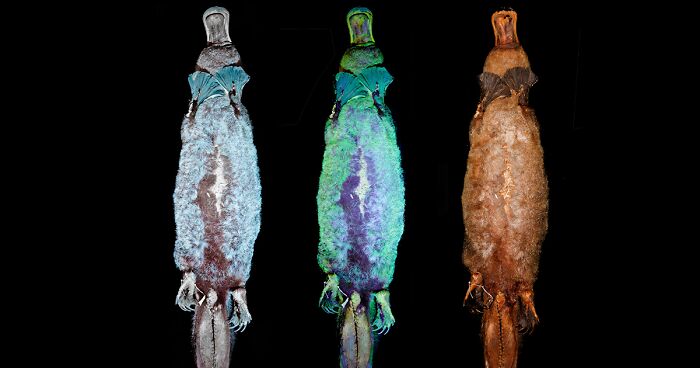
Scientists Just Realized That Platypuses Glow Under A UV Light, Further Adding To The Bizarreness Of The Animal
Platypuses are some of the weirdest animals on the planet. They look like beavers, have a face like a duck, and, if you haven’t heard it already, they are venomous and lay eggs. A bizarre combination to say the least.
So, to top it all off, scientists also found out that they are biofluorescent—they shine bright green, blue, and purple whenever exposed to UV light, and those same scientists aren’t really sure why platypuses have such a feature.
As if platypuses weren’t weird enough, science also found out they’re biofluorescent and shine under a UV light
Image credits: Paula Spaeth Anich et al.
The story goes that back in 2019, mammalogist Paula Spaeth Anich of the Northland College of Ashland, Wisconsin and her colleagues figured out that flying squirrels are fluorescent under a UV light—they emit a pink glow from the fur found under their bellies.
This was the inspiration for the Chicago Field Museum team to take a look at whether a preserved squirrel pelt found in their museum would do the same. And sure enough, it did. But when you have a UV light at your disposal, of course you will try this trick out with other exhibits!
After discovering the biofluorescent traits of flying squirrels, some were inspired to try it out on platypuses
Image credits: Paula Spaeth Anich et al.
And so they did—with one of their platypuses. And it too exhibited a similar kind of fluorescent glow. A new body of research soon popped up not too long after Anich’s study where, among many things, they studied a fresh corpse of a platypus, and sure enough, it also glowed in a dark purple reflection under the UV light.
So, this led to a dedicated study of the biofluorescent nature of the platypus. Anich, along with her colleagues, studied two preserved platypus specimens—a male and a female. In a dark room, they photographed the dorsal and ventral sides of both specimens (i.e. front and back).
And it turns out they glow bright blue-green when under a UV light
Image credits: Paula Spaeth Anich et al.
Under a UV light, the bodies exhibited shades of luminescent blue, green, and violet colors. The yellow-filtered version reduces the bright blue and violet colors with predominantly green parts remaining turquoise in the ventral side. Pretty much the whole body is UV-reflective, from the tail right up to the beak.
The biggest mystery, though, is the purpose. Thus far, scientists only have possible theories as to why platypuses reflect UV rays. Two of the main theories are that it’s either for camouflage or for communication.
The reasons as to why platypuses glow neon colors under a UV light are still unknown
Image credits: Paula Spaeth Anich et al.
As camouflage, it is speculated that it may help to avoid predators that can see UV light. By absorbing it and emitting blue-green light, they blend into the surroundings in the eyes of predators that see living creatures as more vibrant and contrasting colors.
The other theory is communication, although there are some doubts with this one, as platypuses are nocturnal and keep their eyes closed while swimming, so seeing a fellow platypus doesn’t seem too likely, but still plausible.
Scientists however speculate that these may be a means of communication or camouflage
Image credits: Paula Spaeth Anich et al.
Yet others suggest that it might not have any purpose at all as it could be a long-depreciated rudimentary function that their ancestors used to have, just like their reproductive ability of laying eggs, except this trait’s still very much functional.
Turns out, other animals also exhibit similar biofluorescence traits, like flying squirrels
Image credits: Paula Spaeth Anich et al.
However, platypuses aren’t the only animals to exhibit this trait. As mentioned previously, the New World flying squirrels have a pink belly under a UV light, and some bandicoots, including the northern brown bandicoot, also exhibit anything from blue and pink to white and yellow. Scorpions are neon turquoise. Puffin beaks are also neon blue-pink. The list goes on and on!
The same was seen in bandicoots and while some species are blue, others exhibit a white-yellow glow
Image credits: Linda Reinhold
News of this surfaced online as a scholarly publication and people took an interest in this. A number of science magazines and news sites started covering this and it became viral. And why wouldn’t it? Bioluminescence and fluorescence are pretty cool to look at, as seen on these dolphins covered by Bored Panda some time ago.
Even scorpions are biofluorescent, as seen under regular + UV light in the first picture and under just a UV light in the second picture
Image credits: Matt Reinbold
What are your thoughts on this? What’s the weirdest discovery you’ve made with a UV light? Let us know in the comment section below!
Here’s how the internet reacted to the discovery
And because they lay eggs and produce milk they are one of the few species of animals to be able to make their own custard.
It could just be an byproduct of natural body fluids and bacteria, maybe even algae in the fur. Our earwax glows under UV and if you look at your pores closely they are probably pink or orange because of skin bacteria. We don't have any camouflage or communication reasons for those, it's just funny things can glow under UV light.
And because they lay eggs and produce milk they are one of the few species of animals to be able to make their own custard.
It could just be an byproduct of natural body fluids and bacteria, maybe even algae in the fur. Our earwax glows under UV and if you look at your pores closely they are probably pink or orange because of skin bacteria. We don't have any camouflage or communication reasons for those, it's just funny things can glow under UV light.

 Dark Mode
Dark Mode 

 No fees, cancel anytime
No fees, cancel anytime 


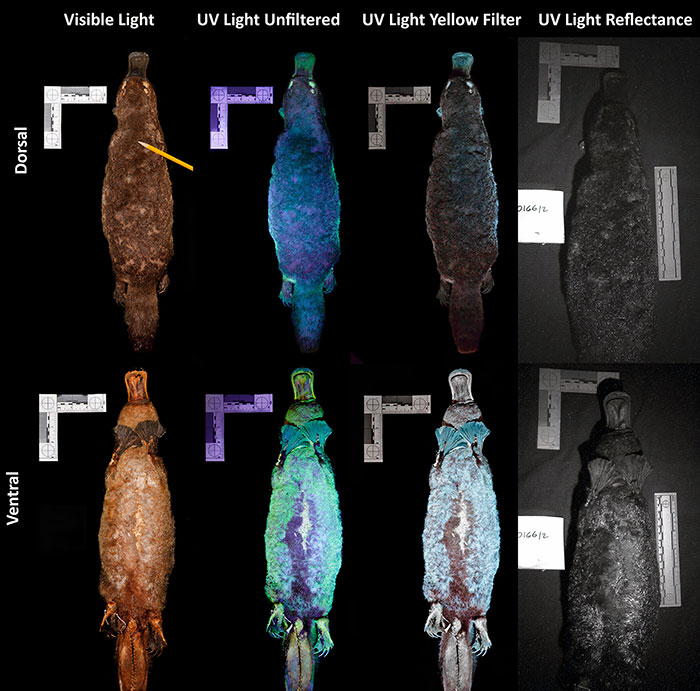
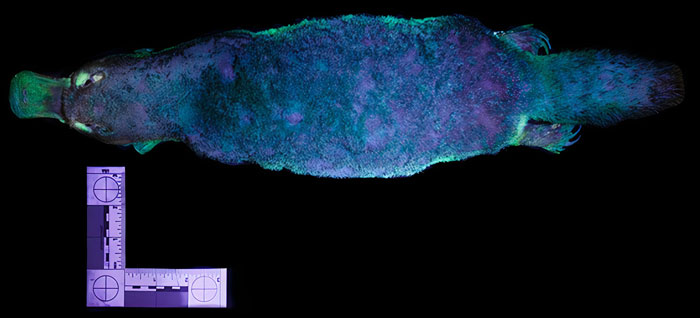
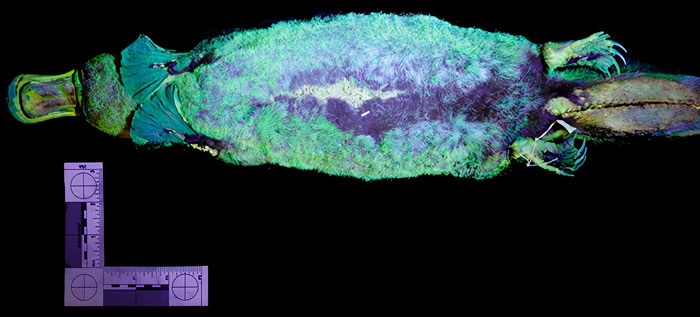
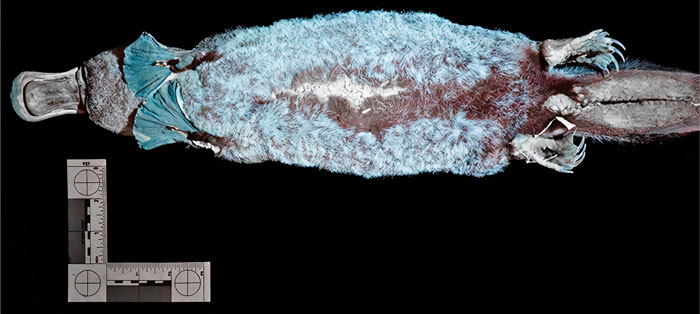
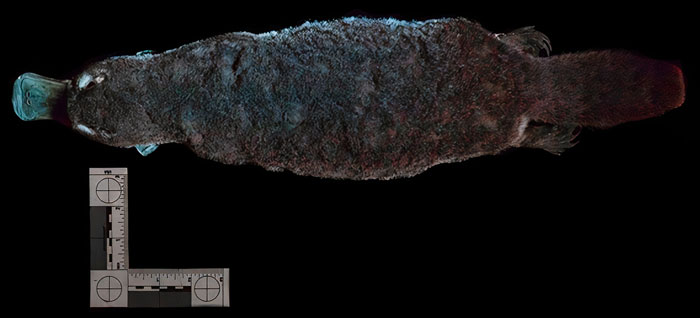
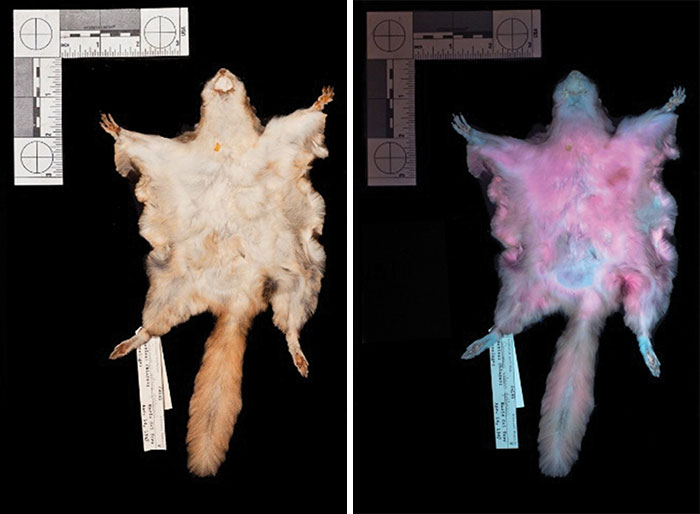
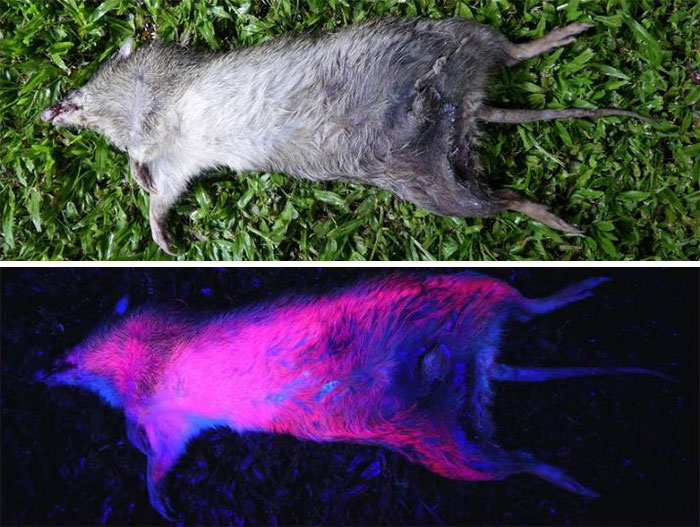
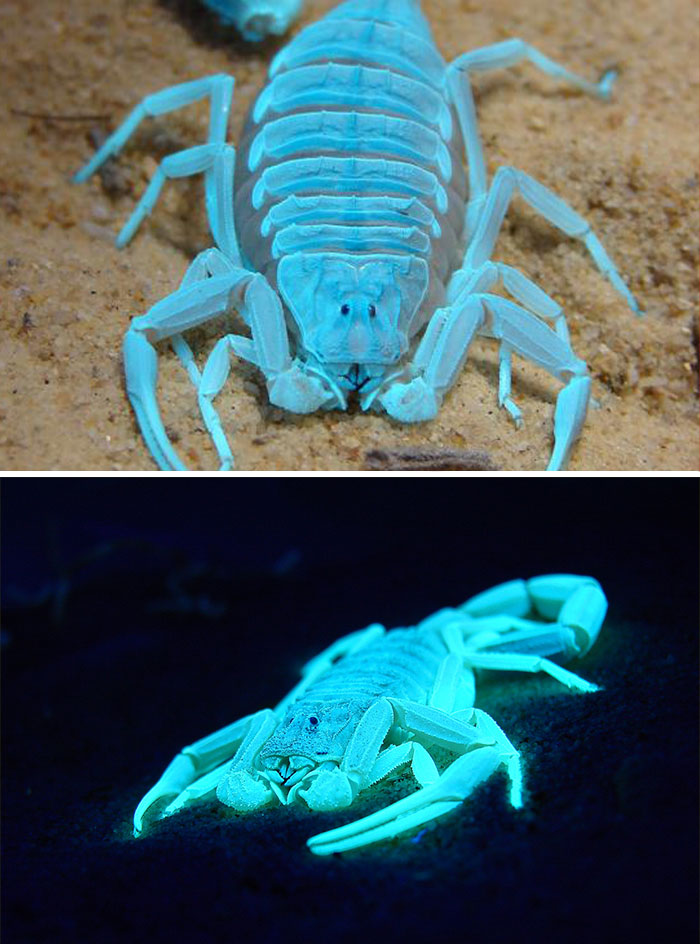


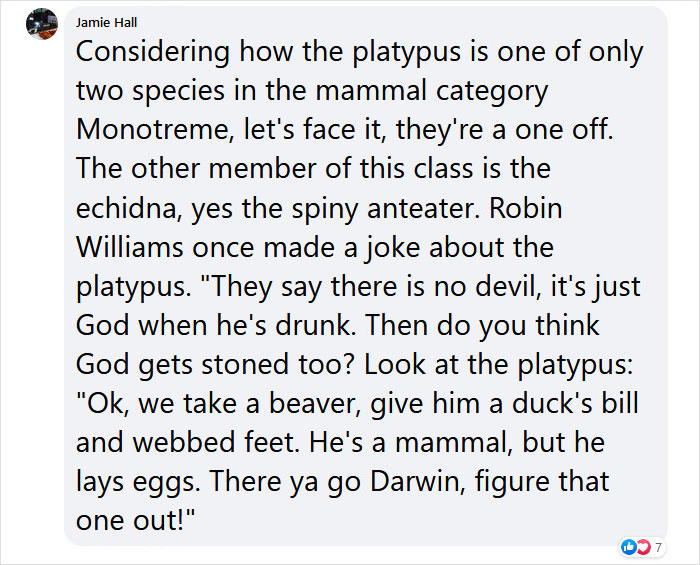
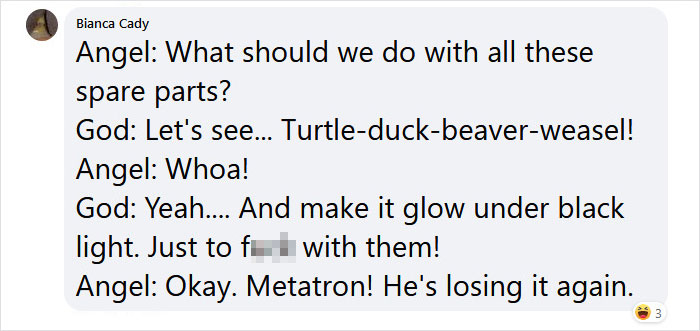



















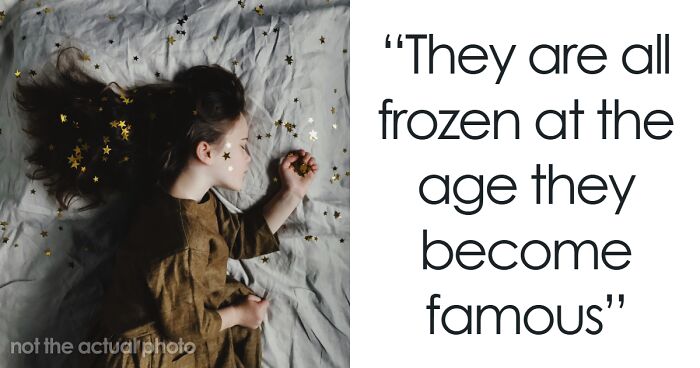







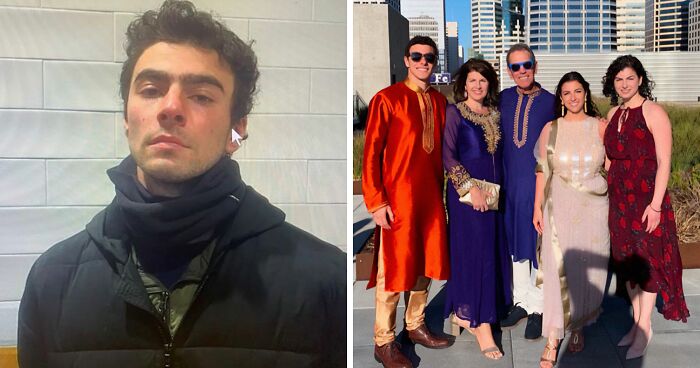

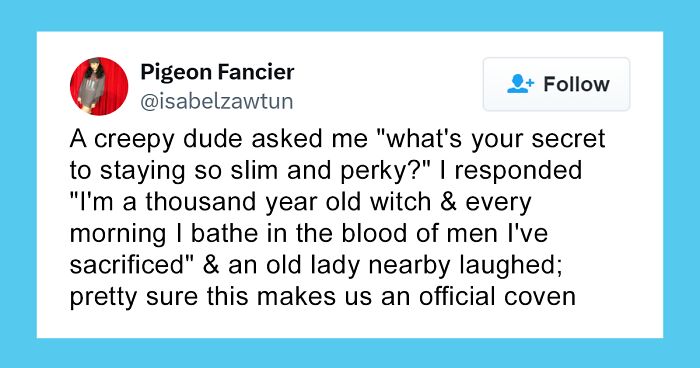
146
29